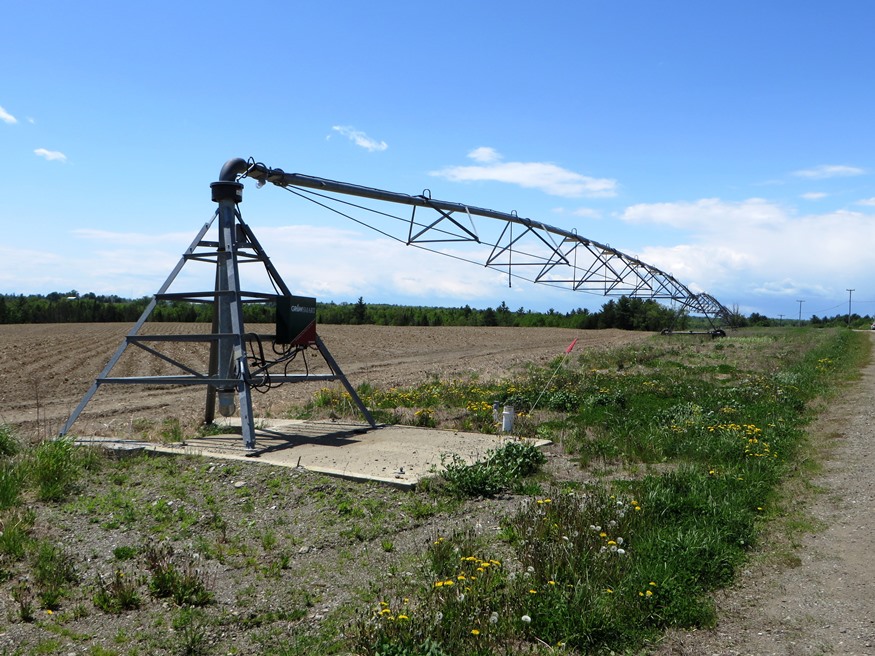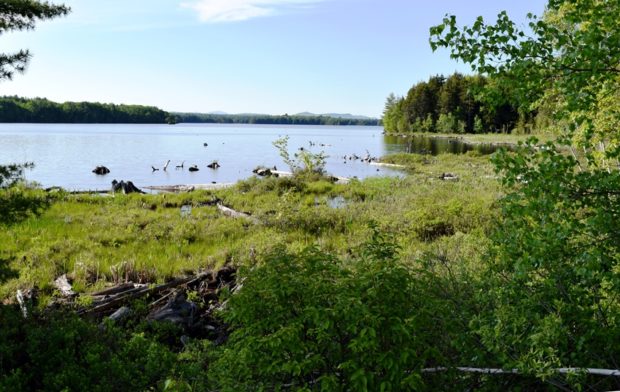Farmington

From a trading center in the late 18th century, it saw rapid growth through the Civil War, largely with designation as the shire town of Franklin County, arrival of a few manufacturers, and founding of several educational institutions. It boasts a highly rated small college: the University of Maine at Farmington, near downtown. Originally the Farmington State Normal School, it was established in 1864. The town is the birthplace of renowned vocalist Lillian Nordica; the home of inventor Chester Greenwood and U.S. Representative Robert Goodenow.




















